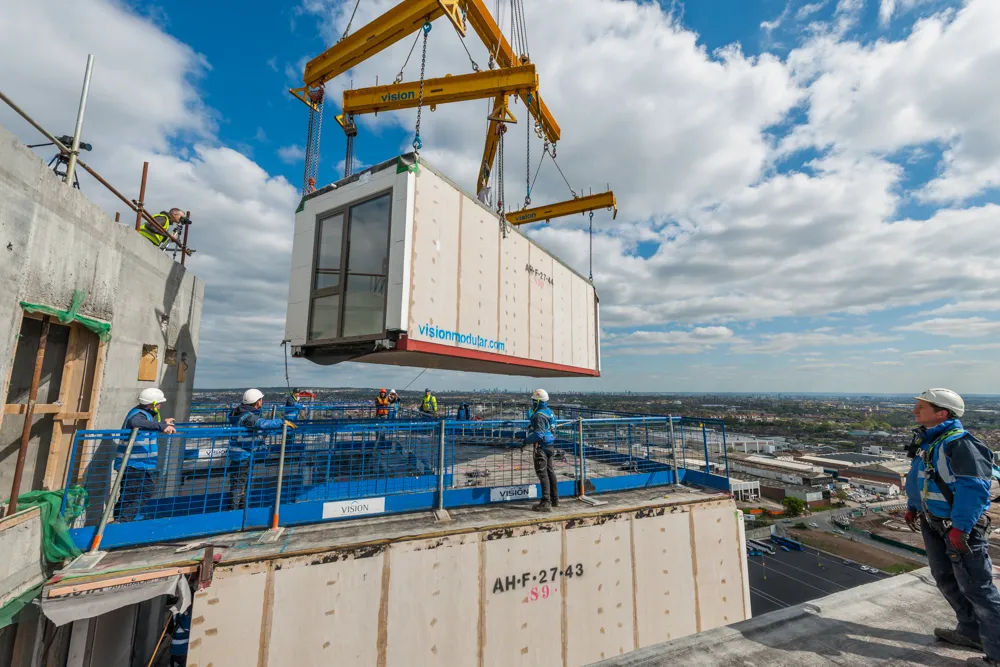The volumetric method of construction involves constructing buildings or other structures using pre-manufactured, modular units that are delivered to the construction site and assembled on-site. These units, also known as volumetric units or modules, are typically made off-site in a factory setting using standardized dimensions and construction methods.
The use of volumetric units can significantly speed up the construction process, as the units can be manufactured in parallel with site preparation and foundation work. The modular nature of the units also allows for greater flexibility and customization, as they can be easily modified or combined to create a wide variety of building types and configurations.
One of the main advantages of the volumetric method of construction is that it allows for greater control over the construction process, as the units are manufactured in a controlled environment. This can result in a higher level of quality and consistency, as well as reduced construction waste. The use of volumetric units can also help to reduce construction costs, as the units can be manufactured more efficiently and reused in multiple projects.
There are some challenges to the volumetric method of construction, however. One of the main challenges is the need for specialized equipment and skills to transport and assemble the units on-site. Another challenge is the need for adequate storage and staging space for the units during the construction process. In addition, the use of volumetric units may not be suitable for all types of construction projects, and may require careful planning and coordination to ensure that the units are delivered and assembled in a timely and efficient manner.
FUTURE OF VOLUMETRIC METHOD OF CONSTRUCTION
Volumetric construction refers to the use of prefabricated, modular units to create buildings and structures. This approach allows for efficient and rapid construction, as well as greater design flexibility and the ability to easily adapt to changing needs.
There are a number of factors that are driving the growth of volumetric construction, including the increasing demand for affordable housing, the need for sustainable and energy-efficient buildings, and the desire for faster construction times.
In the future, it is likely that volumetric construction will continue to become more widespread as a result of these trends. There are also a number of technological advancements that are expected to further improve the efficiency and effectiveness of this approach, such as the use of 3D printing and robotics in the construction process.
Overall, the future of volumetric construction looks bright, as it offers a number of benefits that are increasingly important in today's world, including cost savings, sustainability, and speed of construction.
PRESENT USE CASES OF VOLUMETRIC CONSTRUCTION
There are a number of different sectors where volumetric construction is being used today, including residential, commercial, and industrial. Some specific examples of its use include:
Affordable housing: Volumetric construction can be used to quickly and efficiently build affordable housing units, which are in high demand in many areas.
Student housing: Universities and colleges are using volumetric construction to create student housing units that can be easily expanded or modified to meet changing needs.
Hotel and hospitality: Volumetric construction is being used to build hotels and other hospitality facilities, allowing for rapid expansion and the ability to easily adapt to changing demand.
Commercial office space: Volumetric construction is being used to create office buildings and other commercial spaces, allowing for more efficient and rapid construction and greater design flexibility.
Industrial and manufacturing facilities: Volumetric construction is being used to build industrial and manufacturing facilities, including warehouses and distribution centers.
Overall, volumetric construction is being used in a wide range of sectors to quickly and efficiently build a variety of structures, from residential units to commercial and industrial facilities.

